-
 © Tony Baker/Classic & Sports Car
© Tony Baker/Classic & Sports Car -
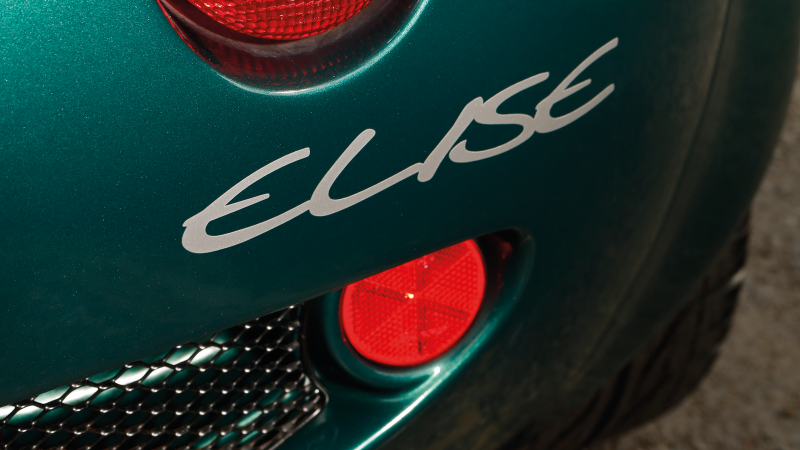 © Tony Baker/Classic & Sports Car
© Tony Baker/Classic & Sports Car -
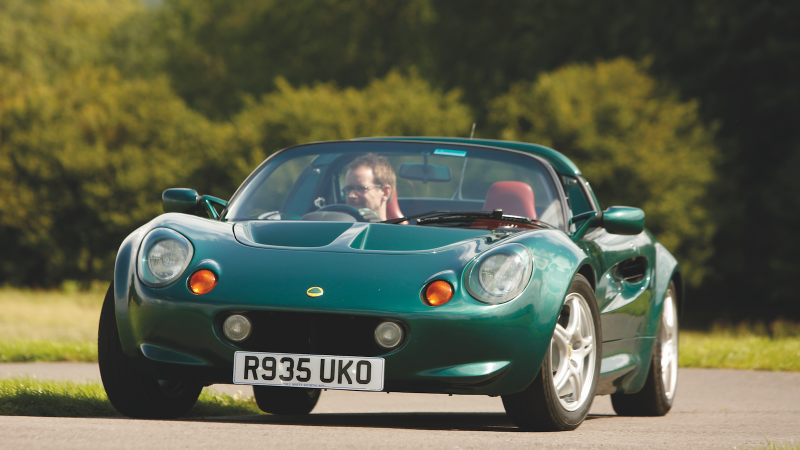 © Tony Baker/Classic & Sports Car
© Tony Baker/Classic & Sports Car -
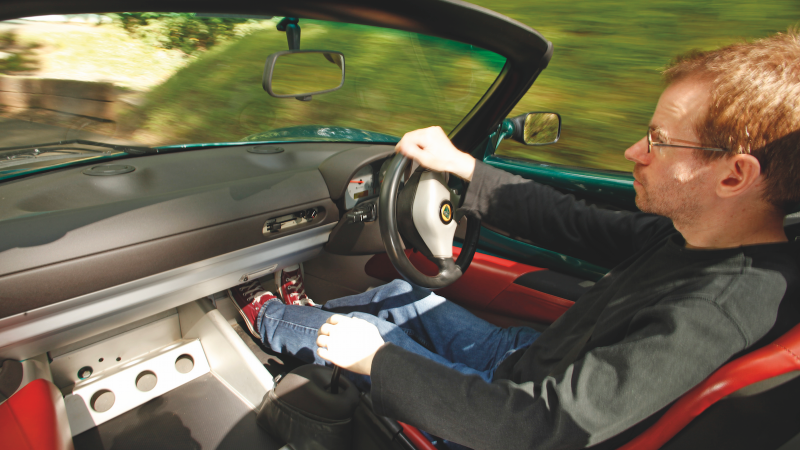 © Tony Baker/Classic & Sports Car
© Tony Baker/Classic & Sports Car -
 © Tony Baker/Classic & Sports Car
© Tony Baker/Classic & Sports Car -
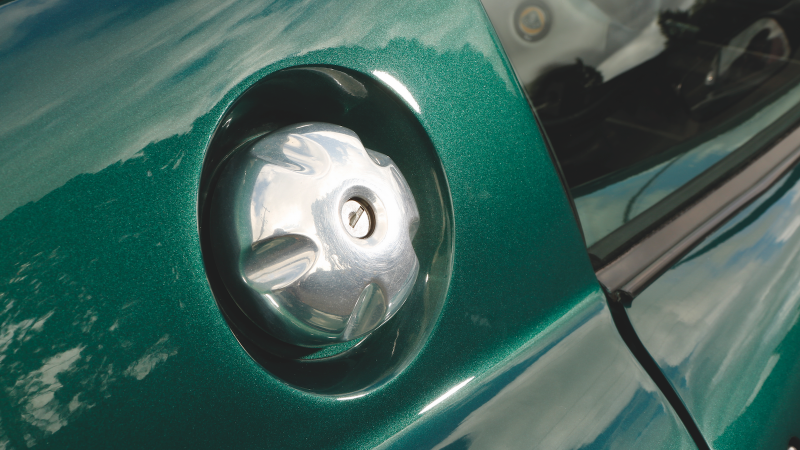 © Tony Baker/Classic & Sports Car
© Tony Baker/Classic & Sports Car -
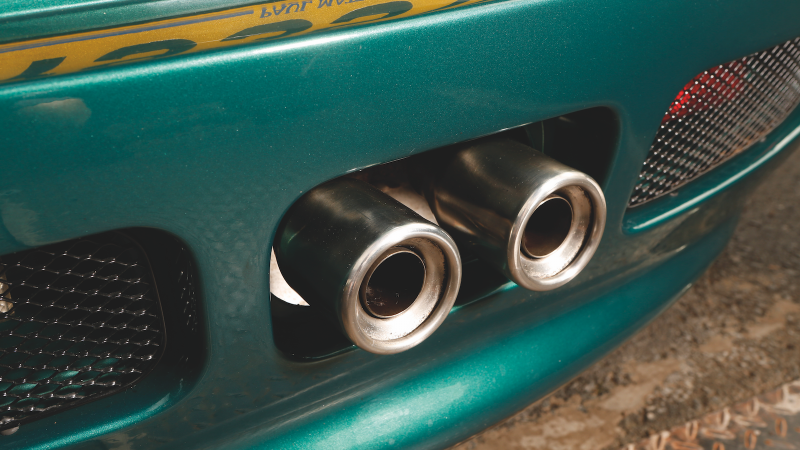 © Tony Baker/Classic & Sports Car
© Tony Baker/Classic & Sports Car -
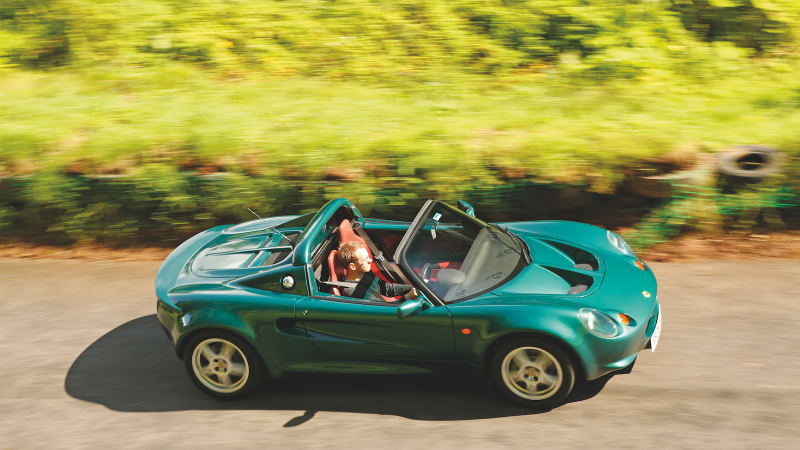 © Tony Baker/Classic & Sports Car
© Tony Baker/Classic & Sports Car -
 © Tony Baker/Classic & Sports Car
© Tony Baker/Classic & Sports Car -
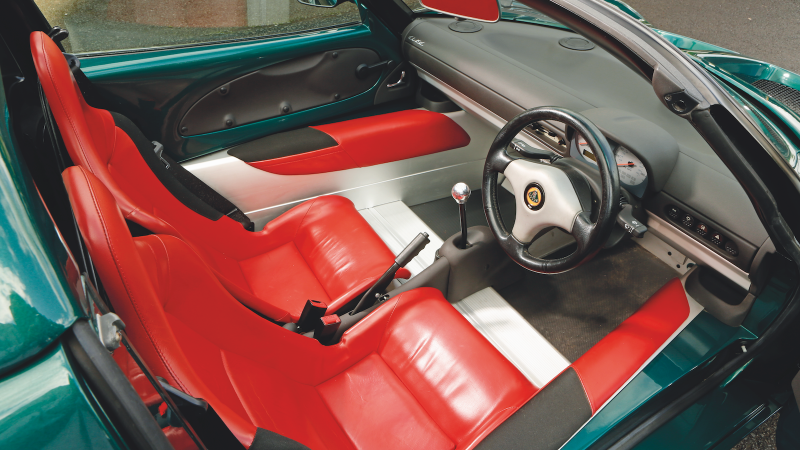 © Tony Baker/Classic & Sports Car
© Tony Baker/Classic & Sports Car -
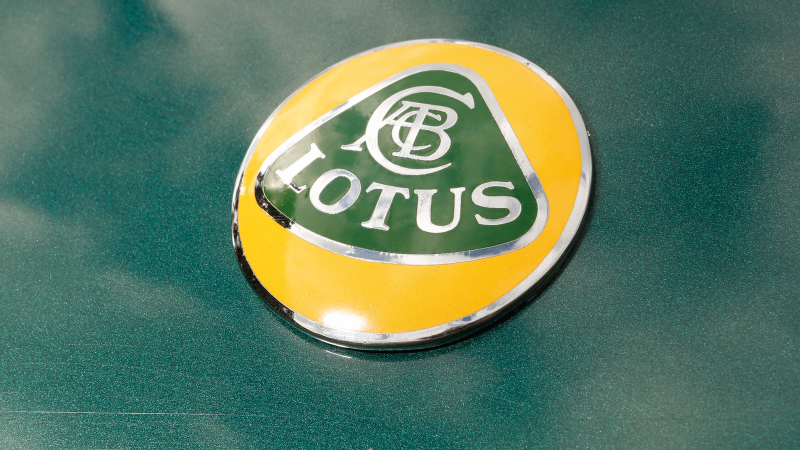 © Tony Baker/Classic & Sports Car
© Tony Baker/Classic & Sports Car -
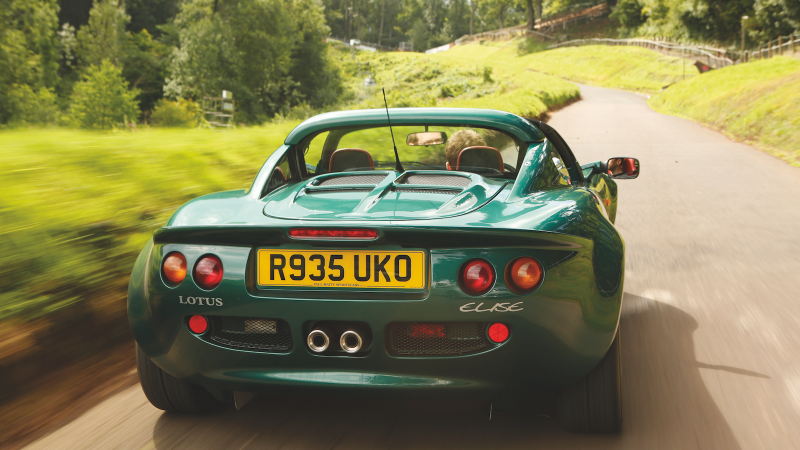 © Tony Baker/Classic & Sports Car
© Tony Baker/Classic & Sports Car -
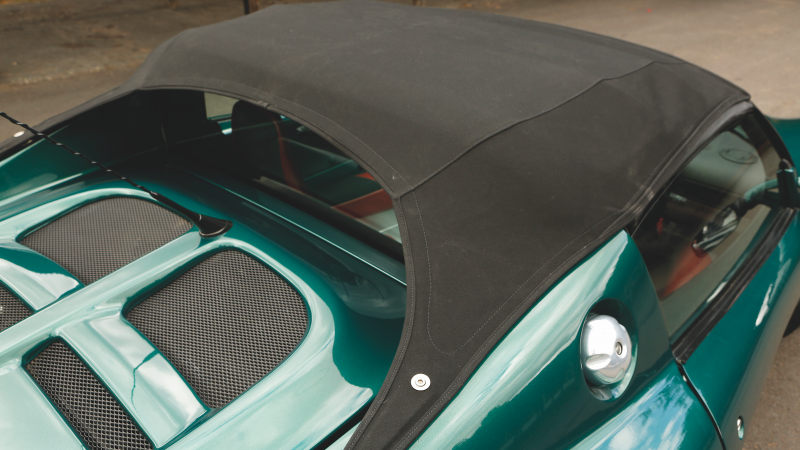 © Tony Baker/Classic & Sports Car
© Tony Baker/Classic & Sports Car -
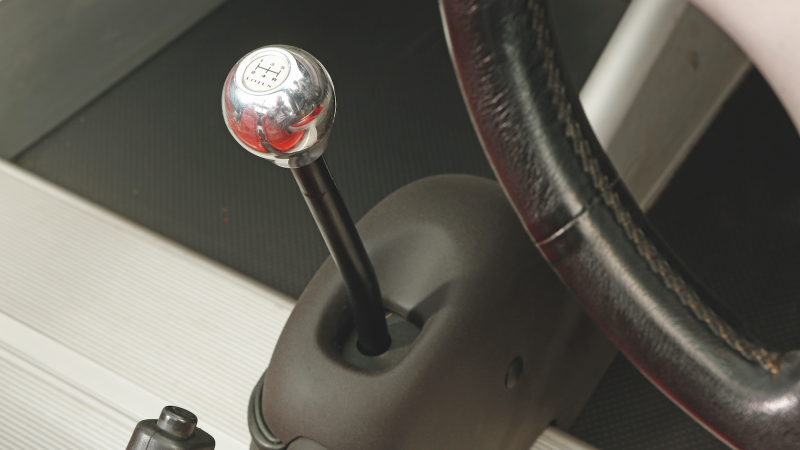 © Tony Baker/Classic & Sports Car
© Tony Baker/Classic & Sports Car -
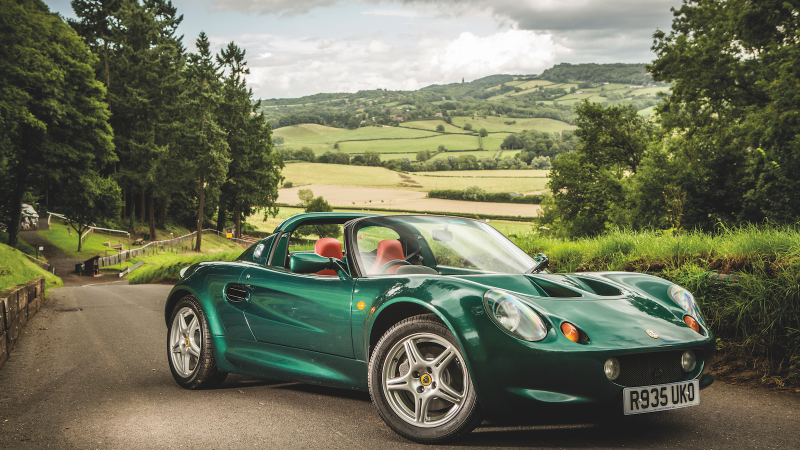 © Tony Baker/Classic & Sports Car
© Tony Baker/Classic & Sports Car
-
Driving the roadster that saved the name
Lotus founder Colin Chapman was nothing if not a minimalist. Take the immortal Seven: the ultimate no-frills roadster, it was made exceptional by the absence of anything unnecessary.
It was a similar story with the Elite, a ’50s car so fleet of foot and slippery of skin that, despite a power output of just 75bhp, it could humble some of the mightiest names of road and track.
Alas, as the firm pursued bigger profits in the ’60s and ’70s, so its sports cars began to gain weight. They still offered exceptional handling and remarkable performance, but by adding luxuries such as electric windows and thicker carpets Lotus was moving away from its roots.
And it wasn’t working: by the late ’80s, the firm was battling for survival. With the Elan trumped by Mazda’s MX-5 and GM’s funding pulled, the British marque was on the rocks. Until a lightweight saviour came along…
-
A deal to make it real
It was called Elise – and, true to Chapman’s ideal of achieving excellence through simplicity, it was a minimalist masterpiece.
But where did this return to featherweight form come from? A deal between Lotus and fellow British firm Rover. The latter was keen to get creative with aluminium, so the two entered an agreement: Lotus would build an alloy sports car, Rover would supply the mechanical elements.
-
Best of both worlds
The new machine would be both back-to-basics and technically advanced, a doorless roadster in the style of the Seven – and, hitting the scales at a scant 575kg, it very much stuck to the roadster’s slender mould.
And in that mould it was set to become a low-volume plaything, an enthusiast’s car that would serve as a banner for the firm’s money-earning Engineering branch.
-
Practical changes
As work progressed, though, the concept rapidly evolved. The adoption of doors, for example, added weight but increased practicality – much to the delight of dealers.
Similarly, plans for a front-engine, rear-drive setup were canned in favour of a mid-engine format which would reap handling benefits, add exoticism and allow an affordable mass-market powertrain to be used with minimal modification. Read: it was cheaper.
-
Ready-made motor
What did Rover think? Bought in 1994 by BMW, its involvement in the project was effectively cancelled – but the brand would still provide the power unit: a 1.8-litre K-series engine.
With an excellent power-to-weight ratio – 118bhp from 130kg – the engine was within budget and, as a bonus, had already been modified to fit the mid-engined MGF. Handy.
-
Good for glue
If the choice of motor was mainstream, though, the new car’s structure would be anything but. Chassis engineer Richard Rackham developed an exquisitely sophisticated design from thin-walled extruded aluminium that, in a world first, would be glued – or ‘bonded’.
Reckon gluing a car together sounds like a recipe for disaster? Stress-testing showed the aluminium itself would fail before the bonded joints.
-
Stiff and lithe
At a mere 68kg, the tub was both lightweight and exceptionally rigid – supposedly up to four times stiffer than most production hatchbacks of the era.
Attached to it was a glassfibre body which followed established Lotus practice but pared back to an absolute minimum: it had just eight panels, which both streamlined the production process and improved quality.
-
Inspired design
Penned in-house by Julian Thomson, the influences of the marque’s heritage were obvious in the shell: strong cues from the Type 23 and Europa are there, while the Ford GT40 and Ferrari Dino – of which Thomson was a proud owner – are also thrown into the mix.
The result is instantly recognisable as a Lotus, yet steers clear of the clichéd pitfalls of retro mimicry.
-
All alloy, all over
As development continued, Rackham realised that aluminium extrusion was really rather good – and could be used for a lot more than just the chassis. In fact, it was employed for the suspension uprights, door hangings, side-impact bars, pedal box and steering column support.
The technique offered all sorts of advantages in terms of structural integrity and weight-saving, while the simplicity of the unpainted components would become a hallmark of the model, the bare aluminium a treat to behold in the stripped-out interior.
-
Bare necessities
For anyone who bemoans the excesses of modern cabin design, the cockpit of an Elise is a deeply therapeutic place – a place of pure essentials and nothing else.
Carpets? No. Electric windows? No. Stereo? No. Cup-holders? Absolutely not. The list went on as the extras were cast off, the whip of austerity turned into a virtue as unwanted mass was swept aside in the name of its ultimate purpose: saving weight.
-
Crowd-pleasing package
What you did get was a pair of thinly padded but comfortable seats, perfectly placed and weighted controls and – thanks to the inherent beauty of the engineering – a sense of being somewhere very special.
And the crowds agreed: unveiled in 1995, the public was wowed by the audacity of the technology – from the extruded chassis to the revolutionary brake discs, which promised to last the lifetime of the car.
-
Lots of competition
Naturally, some pessimistically predicted that the Elise would struggle commercially – and it was true that, with competition from accessible roadsters such as the MGF, BMW Z3 and the all-conquering MX-5 that had seen off the Elan, the Elise was hardly entering an empty niche.
Yet such was its brilliance that demand for the new Lotus hugely outstripped supply. With 1300 orders taken by July 1996, the decision was made to increase production from a planned 400 in the first year to 2500 cars annually.
-
Heavyweight seller
It rapidly became the best-selling model in Lotus history – and, driving one today, it’s easy to see why: entering an Elise might be awkward, thanks to the wide, high sills, but the rewards more than compensate for the contortions.
It feels intimate yet spacious, and there’s a sense of quality and sophistication. Sure, the windows are flimsy and the roof is ridiculous, but it doesn’t feel as if it’s going to break up or down. More to the point, a few hundred yards is all it takes to fall in love with it.
-
Delightful to drive
With its fantastic unassisted steering, unparalleled agility and eager responsiveness, the Elise is a revelation on twisting roads.
And, although it's remarkably nimble in stopping, going and steering, it doesn’t achieve that at the expense of ride quality. Suspension is firm but never harsh, and at times feels almost cosseting. The only fly in the ointment is the gearchange, which is less than lightning fast.
-
Still a winner
It might have been on sale for just four short years, but the sublime S1 deserves to be celebrated for being the car that so successfully reinvented – and quite likely saved – Lotus.
That you can still pick up a good one for less than £18k? Even better. For the experience that an early Elise offers, that price tag makes the rewarding little car truly tempting.
